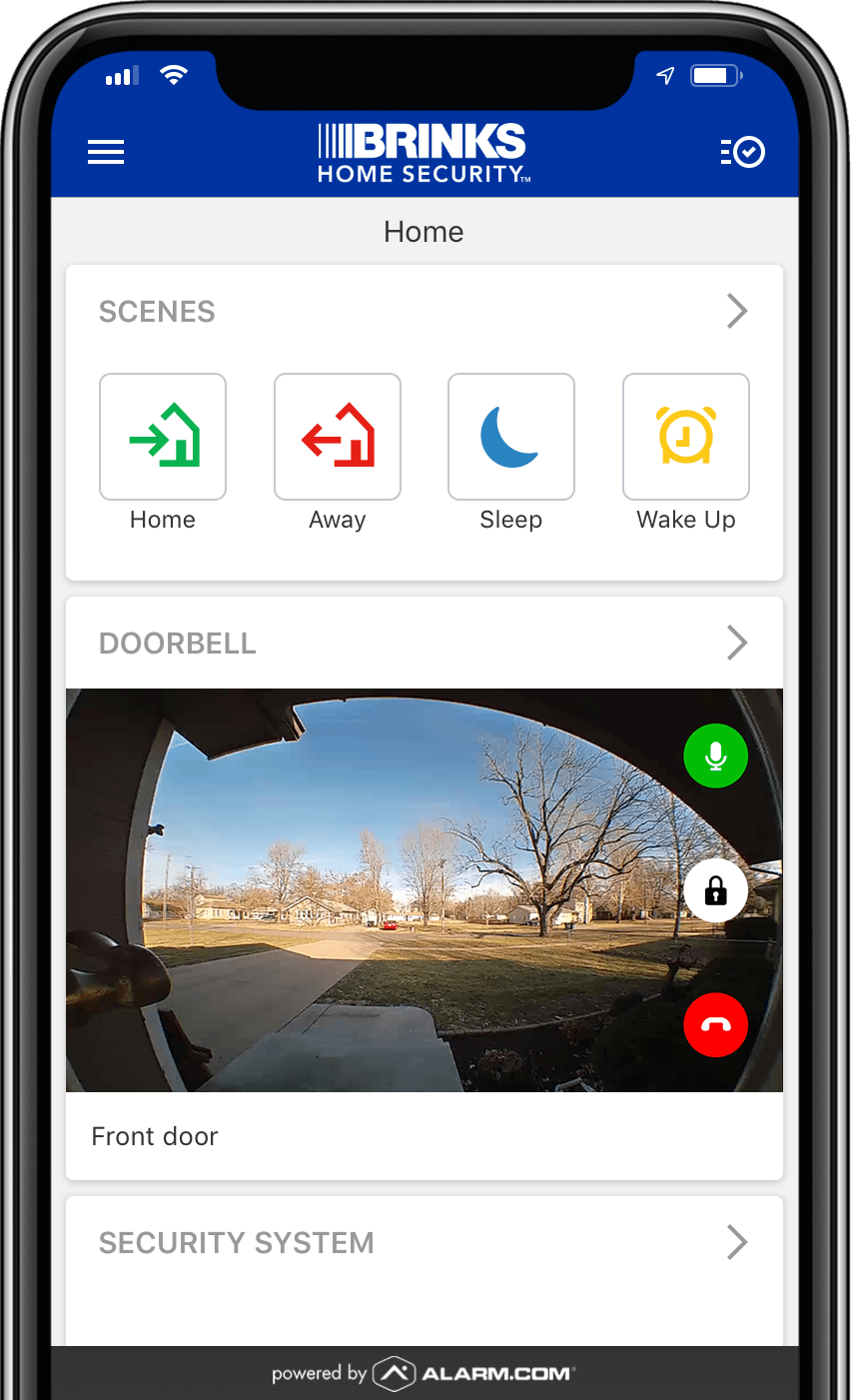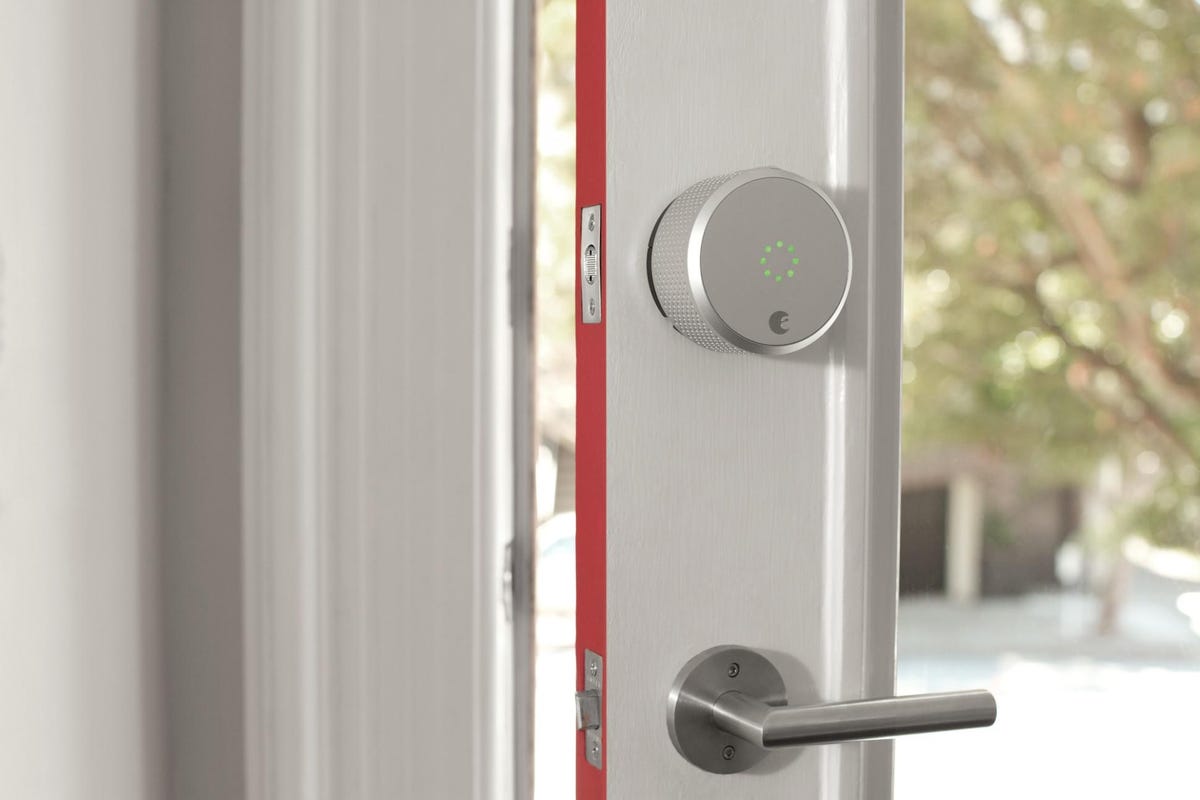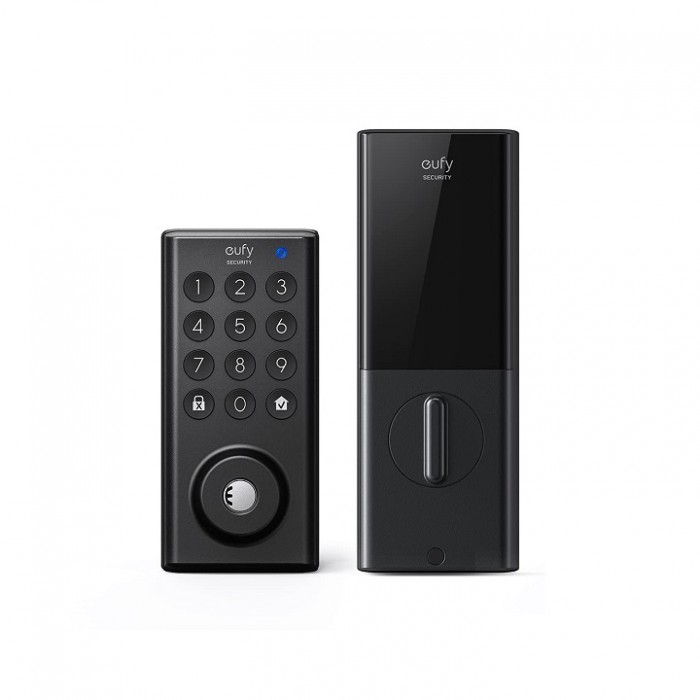
But DIY security camera systems do have their downsides. They cannot be fitted to every camera in the home and may not provide sufficient protection. DIY users may also run into motion alerts and no video error messages. In these situations, it's best to consult the instruction manual, look at video guides, call customer support, or ask for help. An experienced professional will place the devices, verify their functionality, and return to troubleshoot any issues if necessary. It is important to determine which protection requirements are most important before you decide on DIY or professional installation. Then plan your installation accordingly.
Ring
Ring's home security camera system allows you to monitor your home and not have to hire a security firm. It requires no wiring and is extremely easy to install. Once the Ring Alarm Security Kit is installed, you can use an app or keypad to check the status of your cameras. Ring Protect Pro is also available for $20 per month. It includes professional monitoring. The security team will contact you once a sensor is activated. If you don't answer the phone, or provide a safe word, they will dispatch the police.

Arlo
Arlo's home security camera system was designed for homeowners who wish to install their system themselves, without hiring a professional. It comes with a multisensor that detects motion, smoke, and leaks, and a keypad alarm. There are many other companies that offer similar services. The Arlo system, however, stands out due to its additional features. It is designed to compete directly against Wyze and Amazon Ring who are yet to enter the integrated home surveillance camera market.
QNAP NAS
A QNAP NAS home security system can be installed in your home for a number of reasons. You can manage all your security cameras from one place. It can store terabytes of surveillance footage and allows you to playback recordings. Remote access is another advantage. Remote access allows you to view your surveillance footage via a web interface or desktop software. You can even set your own custom notifications.
Amazon's Blink
The Blink home security cam system is a great choice for homeowners who don’t wish to pay the high cost of standard security cameras. Blink Mini is a cheap way to test out the system's capabilities. It records at 1080p HD resolution and features motion alerts and two-way audio. It can also be used with Alexa. The only drawback to the Blink Mini's functionality is its proximity to an electrical socket.
Wyze Labs
Wyze may be worth looking into if you're in search of a low-cost system to protect your home and property. The company provides both professional monitoring and DIY kits. They also have a wide range of accessories, from video doorbells to exterior keypads, and all use cellular connection to keep you updated. The downside is that they don't have a live monitoring center, but they can be more affordable than other competitors.

Simplisafe
SimpliSafe home security cameras are an affordable option that will protect your home. This system comes with indoor and outdoor video cameras, a doorbell camera, smoke sensors, and a secure smart lock. Simplisafe lets you monitor the system anywhere with the Simplisafe App. Simplisafe can be used with Alexa or Google Assistant to ensure that no one goes home unnoticed.
FAQ
Can I put in a security cam by myself?
Yes! If you have the necessary knowledge and skills, you can install a house alarm. If you don't want to do it yourself, then hire an expert who will be able to help you install it properly.
Who is the best home security surveillance company?
ADT is the best home security company. They provide 24/7 monitoring at an affordable cost. Their customer support team can be reached at any time of the day. They will respond to your queries within minutes.
ADT offers an app that can be used on both Android or iOS. So you can check on your home any time, anywhere.
Which is the best home security system?
The most popular home security systems are ADT Pulse, Ring Alarm, Vivint Smart Home Security, and Protect America.
What security system would you recommend?
The value of your home and possessions will determine the best security system. The cheapest alarm system, which doesn't offer enough protection, is the basic one. You can either get a better one with more features, such as remote monitoring, video surveillance or access control.
Statistics
- Most home security companies will charge you around 75% of the remaining term of your contract if you cancel early—and some require 100%.Related questionsWhat type of contract length can I expect from security providers?Home security system cancellation (safewise.com)
- Cove sets you free without punishing penalties and fees, unlike other security solutions that charge 75% to 100% of your remaining contract. (safewise.com)
- Depending on your insurance, 24/7 professional monitoring may qualify you for as much as 15% off your premium. (safewise.com)
- Most home security companies will charge you around 75% of the remaining term of your contract if you cancel early—and some require 100%.Related questionsWhat type of contract length can I expect from security providers?Home security system cancellation (safewise.com)
External Links
How To
How to Install a Home Security System
A home security system is a device that monitors your property and alerts you if there's any activity. It could be a motion sensor, doorbell camera, smoke detector, fire alarm, flood alert, carbon monoxide detector, burglar alarm, etc. A home security system is usually composed of one or several sensors (e.g. motion detectors), that send signals when there's movement or sound. These signals are sent to a control panel, where they can be monitored and recorded. A control panel will alert your phone, tablet or computer if something is wrong. You will be notified immediately and you can take immediate action.
First, you must choose the right type sensors for your home to install a home security system. There are two main types. Active and passive sensors. Passive sensors aren't powered by batteries. They just detect sounds and vibrations in their environment. They include things like doorbells, sirens, and buzzers. Active sensors use electricity for data transmission. Examples of such sensors include cameras and motion sensor.
There are many types of sensors on the market today. Each brand has its own pros and disadvantages. Some sensors can withstand extreme weather conditions, while others cannot. Some sensors have built-in speakers, so they can be heard even when you're not outside. Others work only inside. Some of these are very basic, while others have advanced features such night vision.
After you have decided on the best sensors for your property's needs, you will need to choose a manufacturer. This will ensure that all your sensors work together. Your local hardware store should have plenty of options to choose from.
Once you've chosen a brand of sensors, you'll need to decide how many you want to buy. Depending on whether they live with family members or alone, most people purchase one or two sensors. However, if you plan to add additional sensors later, you might consider buying extra than you think you'll need now.
Next, decide where you want the sensors to go. Are they near windows or doors? Do you prefer to keep them away? Before placing them around your property, you should get permission. Also, make sure they won't interfere with anything else, like electrical outlets.
After you've determined the location of your sensors, you will need a way that they can be connected to your control panels. Depending on your setup, you may need to purchase a power adapter or battery pack. Once you have everything set up, you'll be ready to monitor your property!